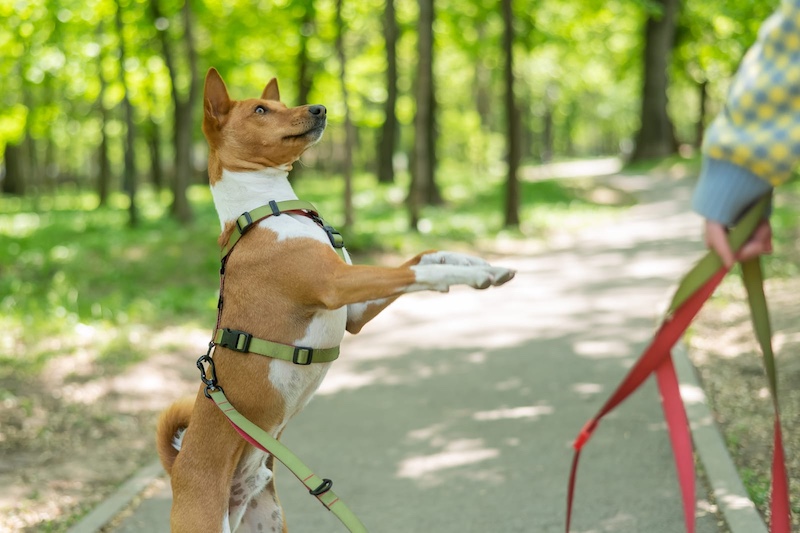Dogs may not speak our language, but they have their own ways of communicating with us. Understanding your dog’s body language, vocalizations, and behavior can help you respond to their needs more effectively. Here are ten signs your dog is trying to tell you something.
Wagging Tail
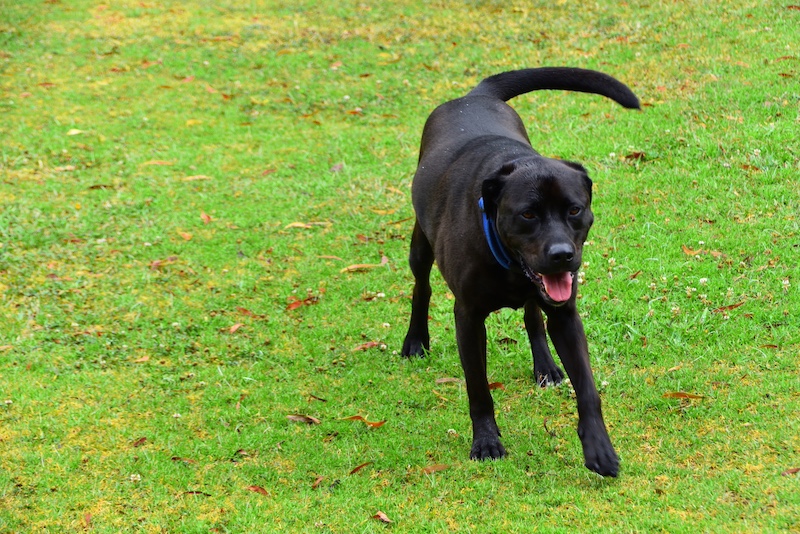
A wagging tail doesn’t always mean a happy dog. The position and speed of the wag can indicate different emotions. A slow wag with a low tail might mean uncertainty, while a fast, high wag often signals excitement. A stiff tail wag could indicate agitation or even aggression.
Ears Perked Up or Flattened
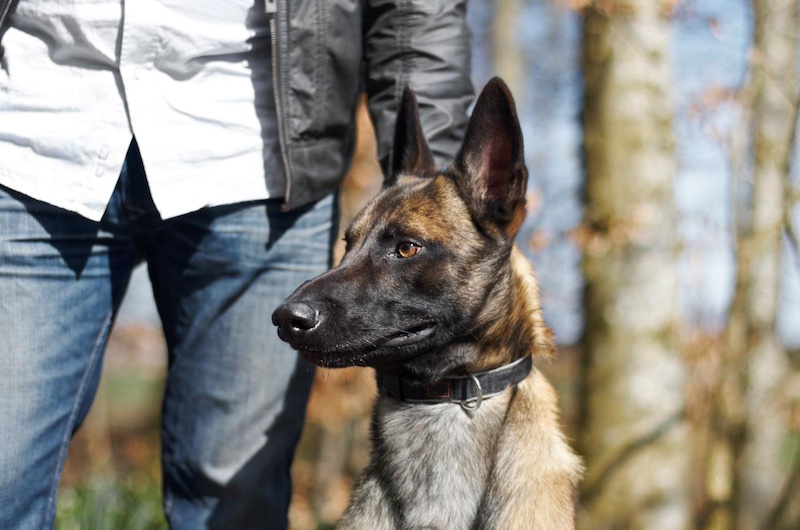
A dog with ears standing up and facing forward is usually alert and interested in something. Flattened ears, however, can be a sign of fear, submission, or discomfort. Paying attention to ear positioning can help you understand how your dog is feeling.
Excessive Licking
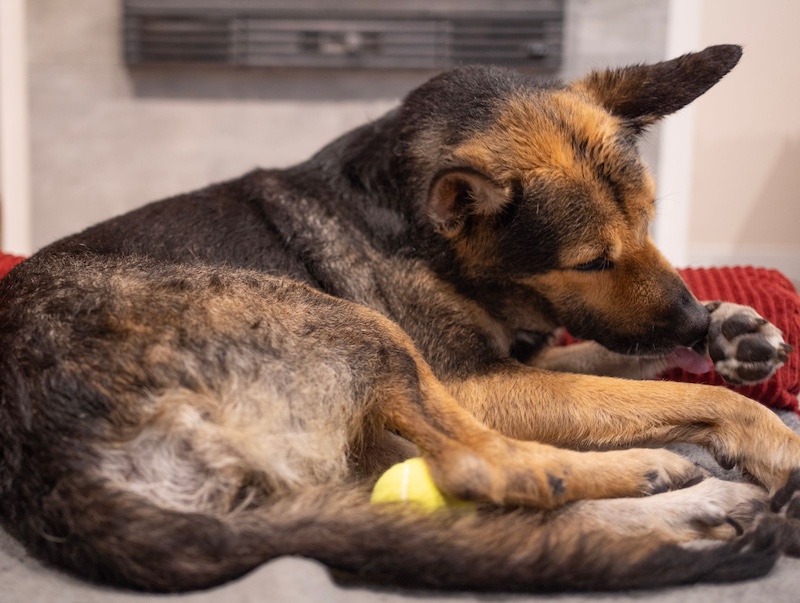
While dogs lick as a form of affection, excessive licking can indicate anxiety, stress, or even a medical issue. With that being said, if your dog constantly licks their paws, furniture, or you, it might be worth checking with a vet.
Barking or Whining

Dogs bark and whine for various reasons, including excitement, warning, anxiety, or pain. If your dog is whining persistently, they may be trying to tell you they need something, such as food, water, or a bathroom break. Sudden excessive barking could also indicate they sense something unusual in their environment.
Pawing at You
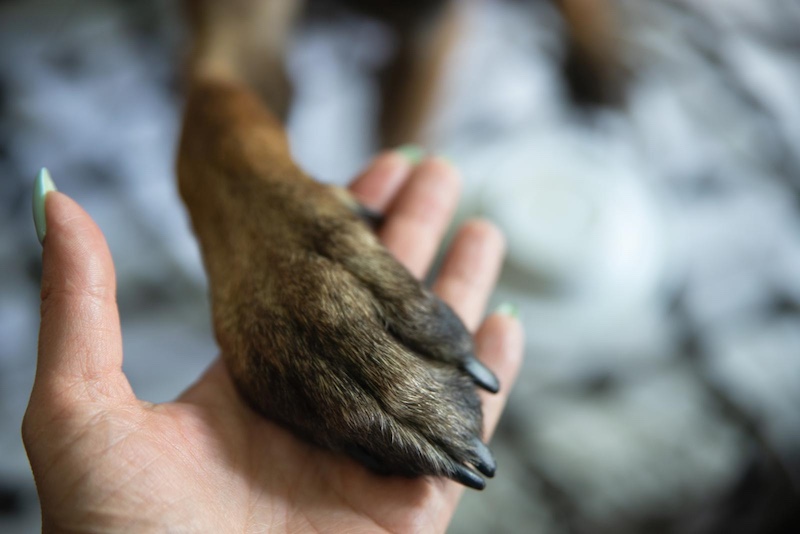
When a dog paws at you, they’re usually seeking attention, affection, or playtime. Some dogs may also paw at you when they’re feeling unwell or anxious. If the pawing becomes excessive, try to determine what they’re asking for.
Tilting Their Head

A head tilt is one of the cutest things a dog can do, but it’s also a way they try to understand you better. Dogs tilt their heads when they hear an unfamiliar sound or when they’re trying to focus on what you’re saying.
Yawning and Stretching

Yawning isn’t always a sign of sleepiness in dogs—it can also indicate stress, nervousness, or a way to diffuse tension. If your dog yawns excessively in new situations, they might be feeling anxious. Stretching upon waking up is normal, but frequent stretching could indicate discomfort or pain.
Hiding or Avoiding Eye Contact

If your dog suddenly hides under furniture, avoids eye contact, or withdraws from social interaction, they could be feeling scared, anxious, or unwell. These behaviors might signal stress or illness, so it’s important to observe any other signs of discomfort.
Excessive Panting
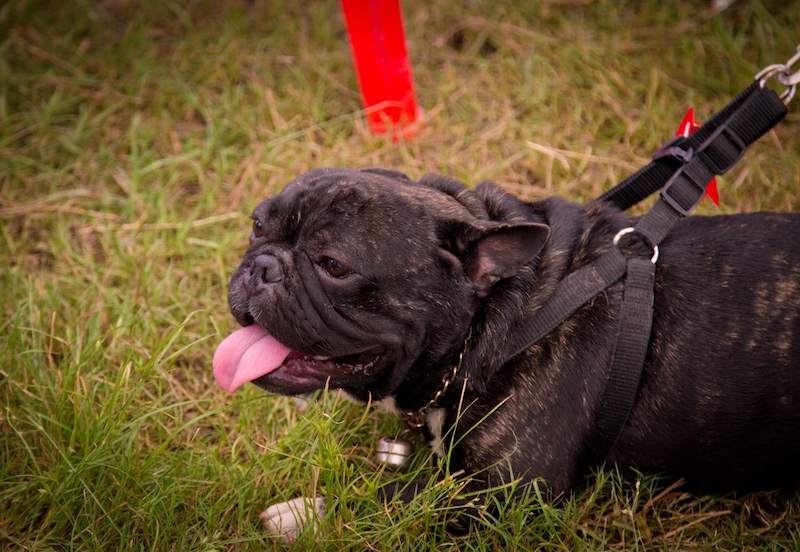
Panting after exercise or on a hot day is normal, but excessive panting in a cool environment could indicate stress, pain, or an underlying health issue. If your dog is panting heavily without an obvious cause, it’s best to check with a veterinarian.
Bringing You Toys or Objects

If your dog brings you a toy, they’re often inviting you to play. However, some dogs bring objects as a way of seeking comfort, showing affection, or even expressing a need, such as hunger. Paying attention to what they bring can give you clues about their message.
- Please Note: This content was created with the assistance of AI and thoroughly edited by a human before publishing.

